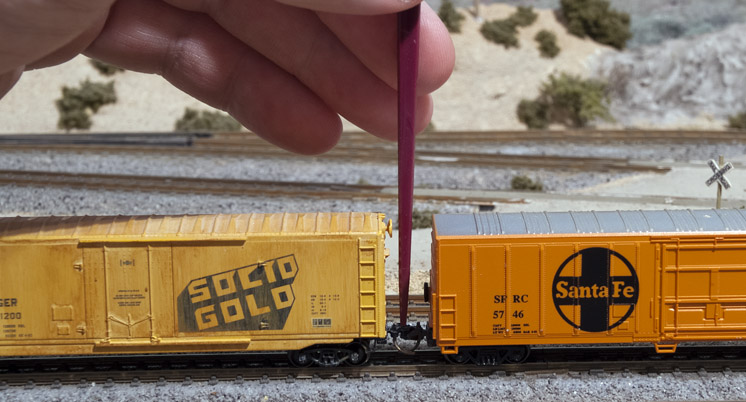
A handy N scale uncoupler: If you’re a model railroader, everywhere you go your antennae are out, scanning your environs for anything that might be useful to build with. And that leads me to swizzle sticks. I was having lunch with a tableful of in-laws at Maggiano’s Little Italy, a popular chain with a restaurant […]
Read More…
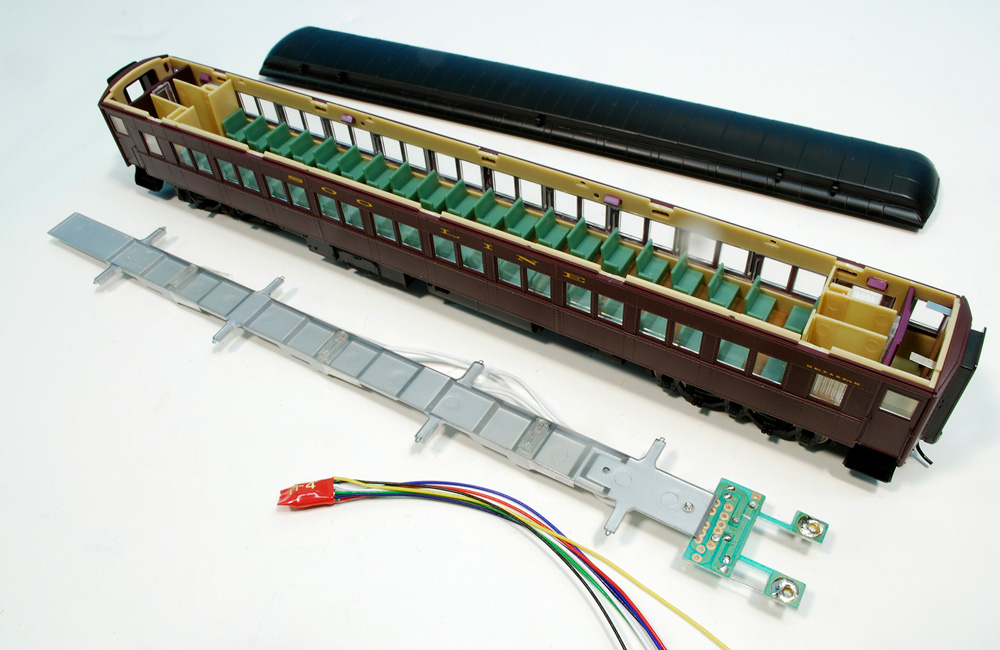
Q: I have some HO scale passenger cars that I would like to install LED lights into. I’m new to model railroading. I understand that I need decoders in each car, but after that, I’m lost. – Alex Laserson A: If you want to install passenger car interior lighting, you don’t absolutely have to use […]
Read More…
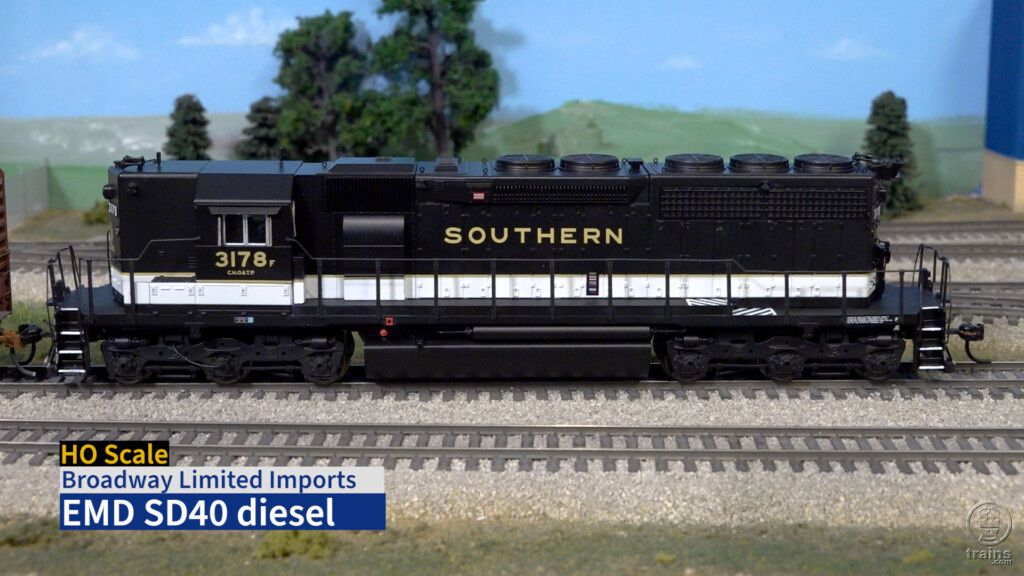
A Broadway Limited Imports HO scale EMD SD40 decorated in Southern Ry.’s “tuxedo” scheme paid a visit to our Wisconsin & Southern staff layout. Join Model Railroader editor Eric White and senior editor Cody Grivno as they talk about the features on the six-axle road locomotive and run a train on MR’s WSOR staff layout. In addition to Southern Ry., […]
Read More…
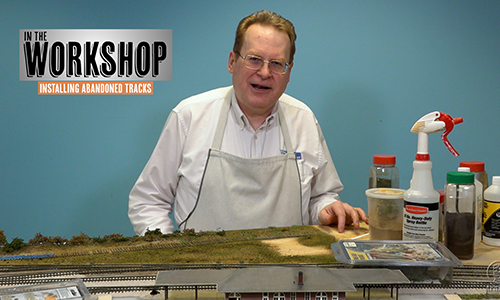
In the course of building the HO scale Freemont Mills model railroad, Steve Otte shares his technique for adding a realistic representation of abandoned tracks. After gathering the essential materials – stained wooded ties, masking tape, and a spacing jig – Steve demonstrates the complete process, including how to add subtle scenery effects that help […]
Read More…
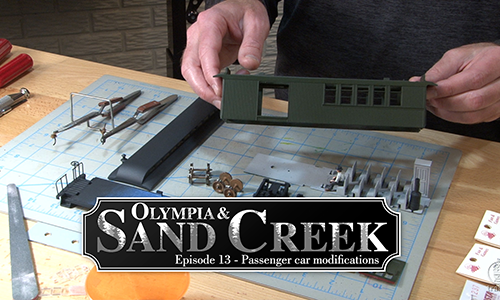
David returns to the task of pulling the painted parts and pieces together…all in manner that ensures the passenger car will operate as well as it looks. But before he puts a lid on this project, David also shows how to add the most important component – the paying passenger figures! Before he gets away, […]
Read More…
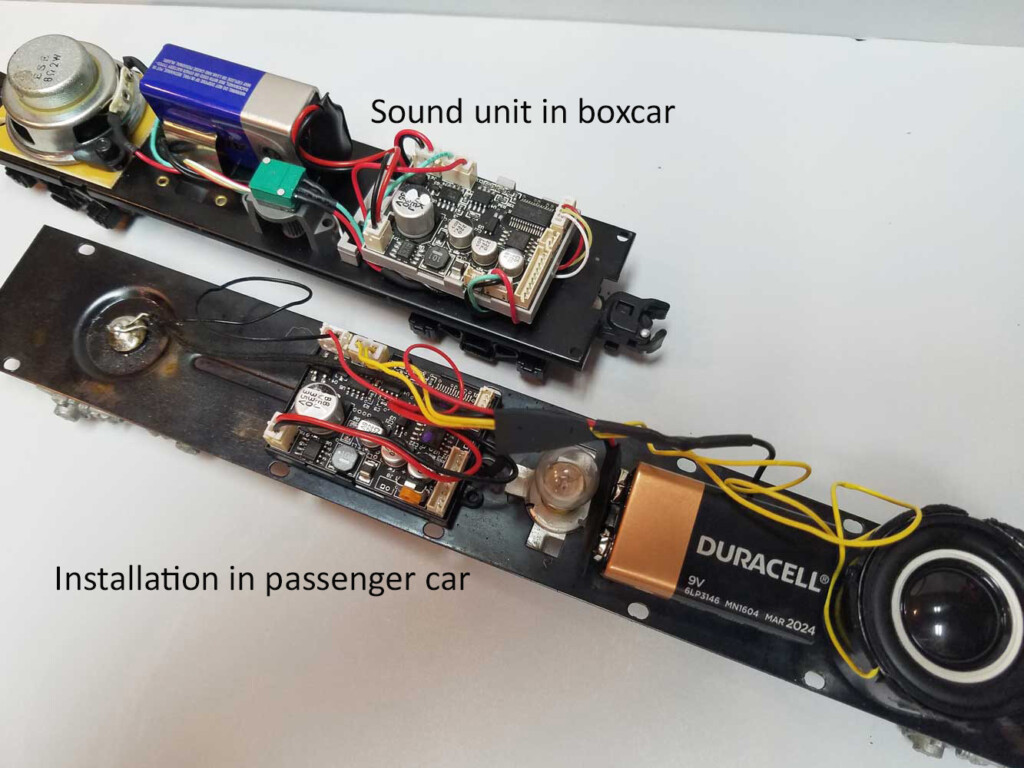
Adding diesel sound to American Flyer trains is easier than ever thanks to ready-made electronics. If you can accomplish basic wiring tasks, you can install the needed components. I run a mix of postwar American Flyer and Flyer produced by Lionel. That means with newer stuff I’m quite used to the sounds of modern electronics […]
Read More…
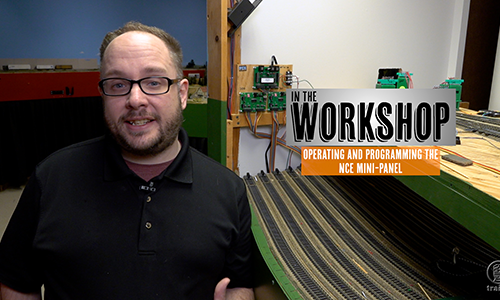
Back on the MR&T HO scale model railroad, Ben demonstrates how to program the NCE Mini Panel device used to send out DCC commands to locomotive, accessory, or signal decoders. Ben’s thorough explanations of the NCE Mini Panel, its connections, and the programming steps required to make it a useful tool on your layout are […]
Read More…
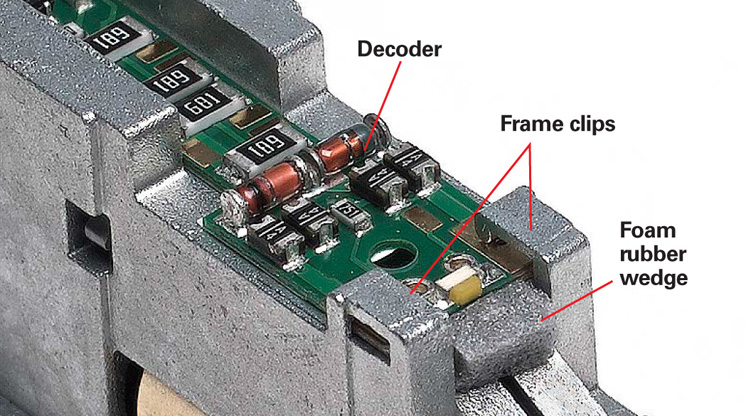
N scale decoder woes: This month I’m going to vent about a round of recent frustrations dealing with N scale Digital Command Control (DCC) decoder installations. The villain of the story will be the Internet, but in an unexpected twist of plot, that same villain shall emerge as the hero. The moral is that the […]
Read More…
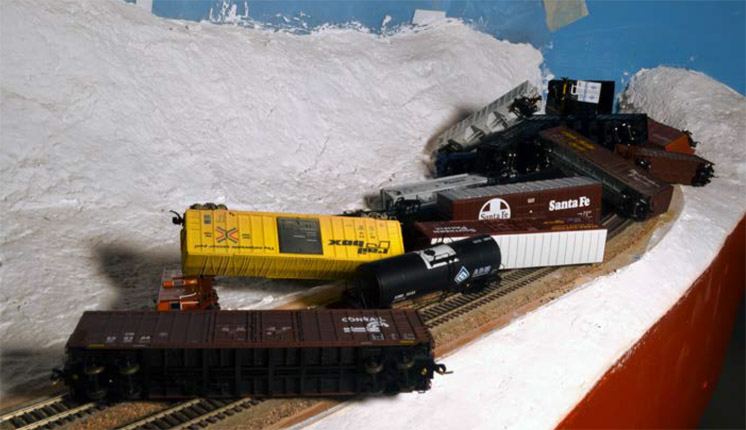
Lessons learned on the helix: Whether we’re talking about a model railroad or the real thing, it’s a lot harder to run trains in the mountains than on the flatlands. Every mechanical aspect of operation becomes far more critical. It may prove embarrassing when a car derails on a flat railroad, but usually no harm […]
Read More…
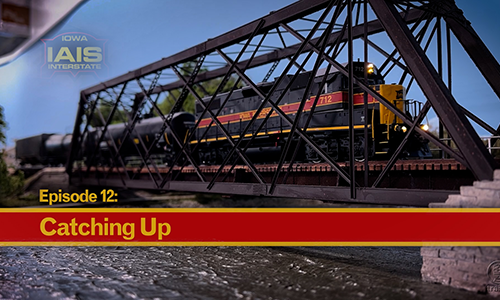
Back by popular demand! James McNab has returned to host all-new video episodes of his previous Model Railroader Video Plus modeling series, The Hills Line with James McNab. This series featured layout construction insights and expert tips he shared while working to complete an HO scale (1:87) rendering 0f the IAIS Hills Industrial Spur. Take […]
Read More…
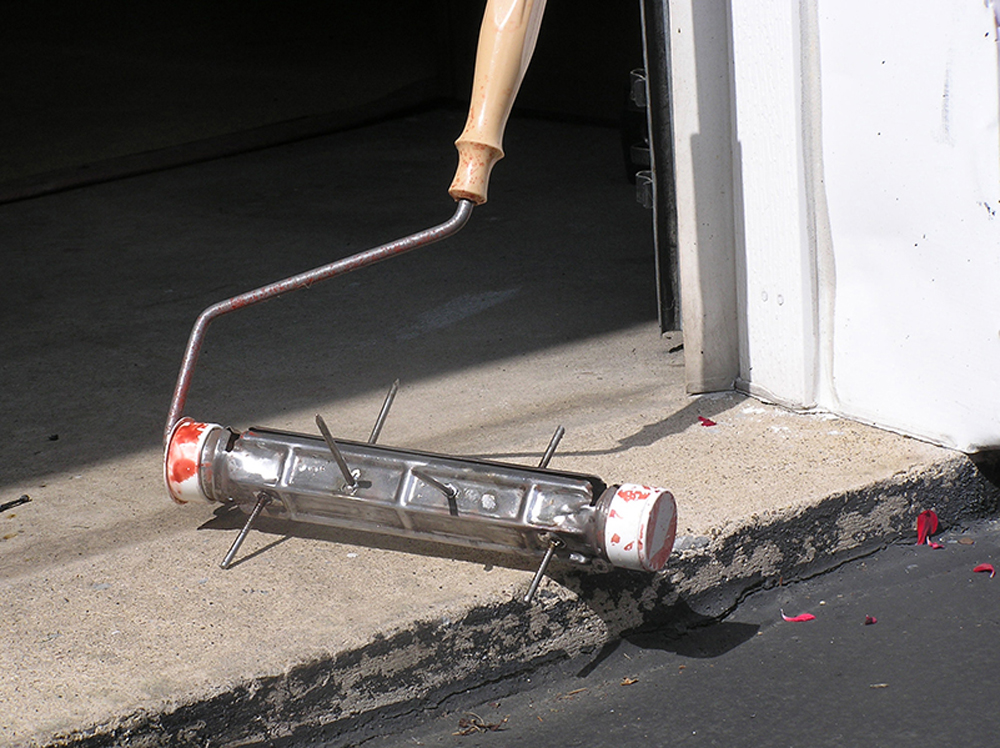
7 tips for your roadbed and right-of-way: Keep your trains rolling with these easy tips. Learn how to store ballast nearby, easily pick up leaves, clear switch points, and more! Piping under the roadbed When we built our garden railroad, we found that we needed to provide water to plants on the far side of […]
Read More…
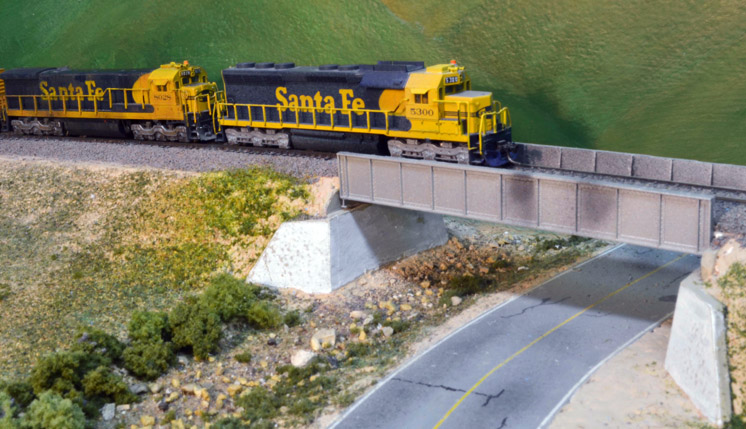
Modeling plate girder bridges: The most commonly found type of railroad bridge in the country has to be the good old plate girder. You see them everywhere. They’re simple, inexpensive, and can handle spans up to about 100 feet. (The longer the span, the deeper the sideplates on the bridge.) As long as there are […]
Read More…












